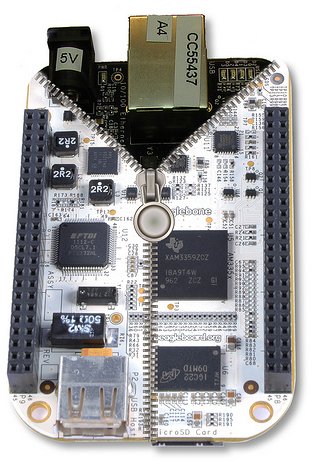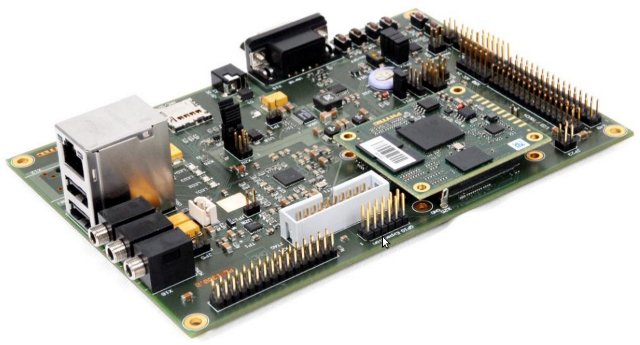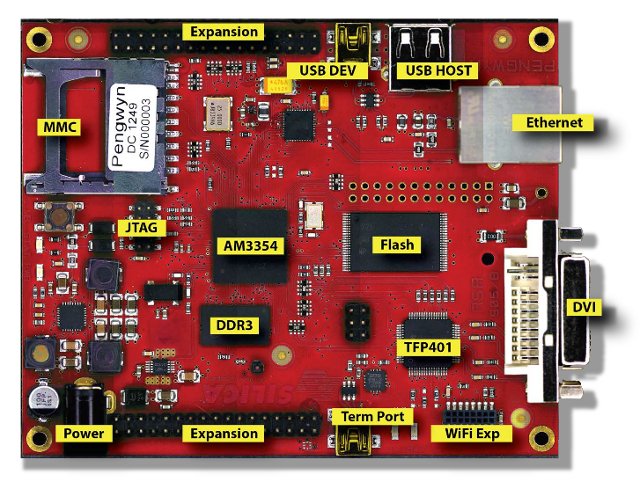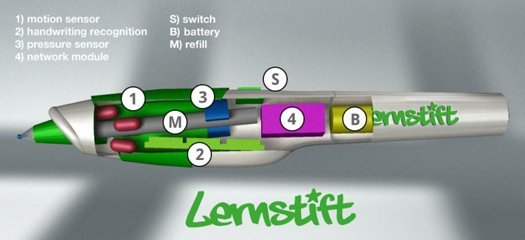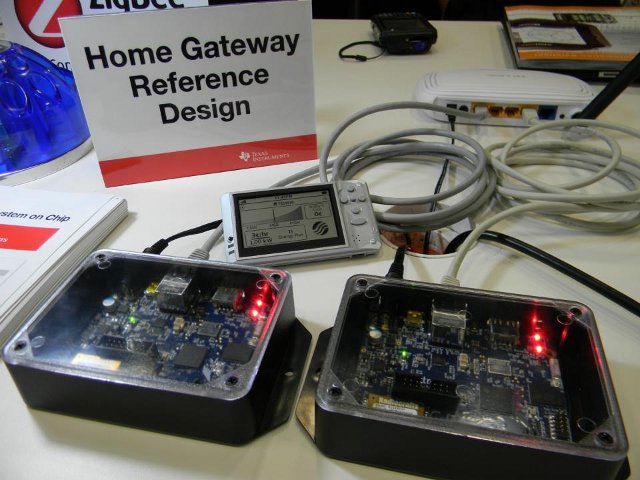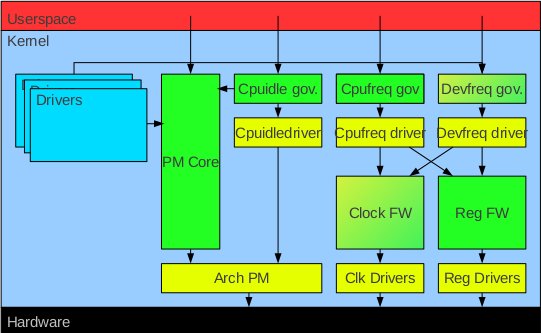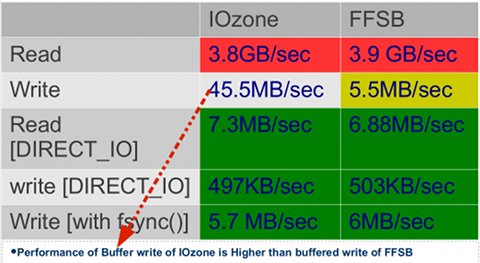Beaglebord.org community is currently teasing a new Beaglebone on their website. At this time information is not complete, but we already know it will be “significantly cheaper” than the existing Beaglebone, feature a processor with higher performance (Albeit the picture shows TI Sitara AM3359 which is about the same as AM3358 + Ethercat), and come with 512 MB DDR3L RAM (instead of 256 MB DDR2), 2GB eMMC Flash, and onboard HDMI output. The new Beaglebone will keep supporting Angstrom, Ubuntu and other Linux distributions. Hardware expansion boards (cape) designed for the old model will still be fully compatible with the new Beaglebone. You’ll need to wait April to get hold of the new Beaglebone. Until then, you can register your interest on Element14/Farnell to be informed when the board becomes available. Another way to find out more is to attend the Embedded Linux Conference 2013 which is taking place right […]
Phytec India Unveils “Open Board-AM335x” Development Kit
PHYTEC has launched the Open Board-AM335x development kit in order to support Linux and Android development on Texas Instruments AM335x Sitara ARM Processors in India. The Open Board-AM335x is comprised of a baseboard and phyCORE-AM335x SoM, and comes with 512 MB DDR3 SDRAM, 512 MB NAND Flash, and optionally, 8 MB SPI Flash. The baseboard is open source hardware as schematics and Gerber/BOM are freely available. Here are the key features of Phytec Open Board-AM335x: SoM – PhyCore-AM335x with ARM Cortex-A8 processors @ 720 MHz (AM3352, AM3354, AM3356, AM3357, AM3358 and AM3359) System Memory – 512 MB DDR3 RAM Storage – 512 MB NAND + SD Card slot + 8 MB SPI NOR Flash (Optional) + 32 KB EEPROM (Optional) Serial – 1x UART (RS232) + 4x UART (TTL) USB – 1x USB Host + 1x USB OTG Connectivity – 1x 10/100/1G Ethernet Audio – WM8974 Codec Display Interfaces – 24 bpp TTL […]
SILICA Pengwyn Low Cost Open Industrial Development Platform Powered by Sitara AM3354 Processor
At the end of January, SILICA, an Avnet subsidiary, announced the Pengwyn, a single board computer based on Texas Instruments Sitara AM3354 Cortex A8 processor. The board targets industrial customers, and the company promotes it as “an open platform to develop applications under Linux or Windows Embedded operating systems”. Here are the specifications of the Pengwyn board: Texas Instruments Sitara AM 3354 ARM Cortex-A8 MCU @ 720 MHz System Memory – 256 MB DDR3 Storage – 1 GB Nand Flash, 32 MB SPI Flash Memory, and microSD slot (if not used with Wi-Fi/Bt modules) Connectivity and expandability USB Host and Device Ports RJ-45 Ethernet Port Connector for optional 1 GB Ethernet Port 2x connectors for generic expansions modules SDIO/MMC Port (can be used for optional WI-FI/bluetooth modules) DVI Display Port Silica will provide Linux (Arago Project, an OpenEmbedded based Distribution) and Windows Embedded Compact 7 BSP and images, as well as […]
Lernstift – Linux Based Learning Digital Pen
Lernstift UG, a German startup, is working on a digital pen, called Lernstift as well, that can help children learning how to write by vibrating in case of errors. The Lernstift can be used in 2 modes: Calligraphy Mode – Pointing out flaws of form and legibility. Orthography Mode – Detecting orthographic (1 vibration) and grammatical (2 vibration) mistakes. Since it features a ballpoint, it can be used as a real pen, you know to write on paper…, but you can also write in the air, so I suppose they’ll also make a version without ballpoint, so that kids can enjoy one of their favorite pastimes: writing on the walls! The pen features a CPU module (2) that’s used to handle handwriting recognition, gather data from the motion (1) and pressure (3) sensors, and manage the Wi-Fi module (4). A battery, a power switch, and a pen refill complete Lernstift […]
Texas Instruments HG3352 Home Automation & Energy Gateway Reference Design
Texas Instruments has recently announced HG3352 Home Gateway Reference Design that can connect to home energy systems, or/and home automation systems. This reference design, powered by TI Sitara AM3352 Cortex A8 processor, supports ZigBee, Wi-Fi, NFC, Bluetooth, and Ethernet connectivity to allow developers to create home gateways that can interface with multiple systems, products and applications within a smart home. Here are the key features and benefits of TI HG3352 Home Gateway Reference Design: SoC – TI Sitara’s AM3352 ARM Cortex-A8 processor running Linux OS System Memory – 2GB DDR3 Storage – 2GB NAND Flash memory Connectivity: Single ZigBee device (CC2530) supports ZigBee Home Automation and ZigBee Smart Energy standards. WiLink 8.0 solution supports Wi-Fi, Bluetooth, and Bluetooth low energy in a single chip. 6-channel power management integrated circuit (TPS650250) with dynamic voltage scaling provides high power efficiency. Expansion headers give developers flexibility to support power line communications (PLC) and […]
Embedded Linux Conference 2013 Schedule
The Embedded Linux Conference (ELC 2013) will take place on February 20 – 22, 2013 at Park 55 Hotel in San Francisco, California. ELC consists of 3 days of presentations, tutorials and sessions. There will be over 50 sessions during those 3 days. I’ll highlight a few sessions that I find particularly interesting, and that did not get presented at ELCE 2012 (AFAICR). February 20 11:00 – Anatomy of the arm-soc git tree by Olof Johansson, Google We are now two years into the new maintainer model for ARM platforms, and we have settled down into a workflow that maintainers have adjusted well to. Still, when new platforms arrive, or when maintainer ship changes hands, there’s sometimes a bit of ramp-up in getting used to how we organize our git tree and how we prefer to see code submitted to fit that model. This presentation will give an overview of […]
Debugging Embedded Linux (Kernel) Power Management – ELCE 2012
Tero Kristo, Linux kernel developer at Texas Instruments, explains how to debug power management in Embedded Linux at ELCE 2012. Abstract: The presentation will talk about debugging various problems a kernel developer can face when working with power management. These include hardware related issues (IC / HW layout bugs, bad documentation) and software related (kernel bugs, driver problems, adding new kernel features, bad userspace behavior.) Along with presenting some of these problems, I will discuss about ways to debug these… power management typically requires specific tools to be used. I will base the discussion on my first hand experience from working with Linux PM. Target audience is (kernel) software developers interested in power management. The presentation is divided into 3 sections: Debugging tools / methods for PM Disabling kernel features Stress testing Tracing (printk / low level UART) GPIO / LED trace Debugger Buffered traces / statistics with trace-cmd & […]
FFSB and IOzone: File System Benchmarking Tools, Features and Internals – ELCE 2012
Keshava Munegowda and Sourav Poddar, software engineers at Texas Instruments, give a presentation about 2 relatively new file system benchmarks: The Flexible Filesystem Benchmark (FFSB ) and IOzone at the Embedded Linux Conference Europe 2012. Abstract: The IOzone is widely used File System Bench-marking tool in both linux and windows systems. The Flexible Filesystem Benchmark (FFSB) is a new cross-platform file-system performance measurement tool. It uses custom profiles as input to measure multiple file systems read/write performances. This paper identifies and compares these file system benchmarking tools in terms of the optimal usage techniques such as buffer size, number of threads, number of write blocks etc. Internals and features of these tools , and the necessary steps involved in the porting of benchmarking tools to different platforms are also discussed. The depicted file system benchmarking performance numbers, in this paper, are measured in both x86 PCs and ARM based SOC […]


